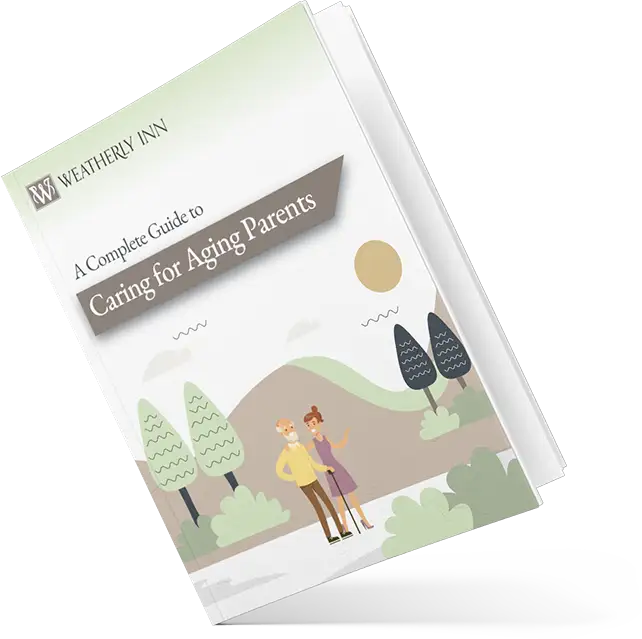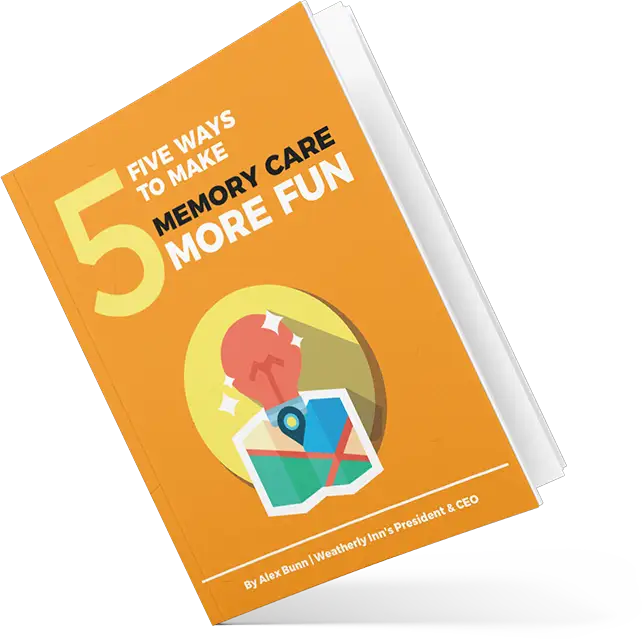August 6, 2024
Aging in place is something many hope to do, but it’s often not possible when a person needs increasing levels of care or when isolation is a concern. Moving into a long-term care facility or senior living community is a better option in these cases, but people tend to have a mental image of senior living that is very different from what the communities are really like. Adding to the confusion is the fact that there are different types of senior living communities, and not just the “nursing home” or “retirement home” that so many envision.
The reality of senior living is much more varied and customized than people realize. Communities exist for those who need little to no care, some care, daily care, and more. There are even communities that combine multiple levels so that residents still live there as their care requirements change. If you’re starting to look at senior living either for yourself or a loved one, you’ll likely be looking at independent living or assisted living first. Both offer a range of services, but there are key differences you need to know about as you look for just the right community.
So today, we will examine independent living vs. assisted living arrangements to help you determine which might be the best situation for you or your loved one.
Independent Living Vs. Assisted Living: What is The Difference?
Often, these two terms get mixed in with the many other terms used to describe retirement communities. So, let’s dive in and discuss the key differences between independent living vs. assisted living facilities.
In the table below, we have outlined some key differences:
|
Feature |
Independent Living |
Assisted Living |
| Care Level | Minimal to none; self-managed healthcare | Daily assistance with activities of daily living (ADLs); health monitoring |
| Included Services | Housekeeping, meals, transportation | Meals, personal care, medical supervision |
| Facility Types | Apartments, townhomes, houses | Apartments |
| Cost | Generally lower; varies by amenities | Higher; dependent on care level |
| Typical Activities | Social events, clubs, community outings, educational presentations | Staff run and/or escorted activities, classes, and programs |
Let’s take a deeper look at independent living vs. assisted living.
What Is Independent Living?
People often imagine independent living when they think of a retirement community for adults who either don’t need extra help or who need little help. These communities may call themselves active adult communities, too. They’re typically age-restricted to 55+ at a minimum, and they don’t include medical services in the cost.
The goal of most independent living communities is to reduce the daily tasks that residents have to take care of, such as housekeeping and meal preparation. While many independent living residences have at least a kitchenette, if not a full kitchen, the community will likely have a dining room and provide meals to residents. There will be community events and a robust social structure that lets residents be as connected as they want while still maintaining a desired level of personal privacy. These communities may have transportation options for shopping and social activities, as well as transportation to outside medical appointments. They often have onsite amenities like beauty salons and gyms, as well. The environment is focused on making life more convenient. Residences at these communities range from apartments to studios to townhomes and houses.
It’s important to note that an independent living community will not really handle residents’ medical needs, such as helping coordinate physical therapy. Residents can arrange for these things themselves, of course, but they’re not covered by the rent that residents pay. At most, the community may offer transportation to medical appointments.
Residents in an independent living community don’t necessarily have to be retired. It’s best to double-check with each community you look into to be sure, especially if you work from home, but many of these communities have residents who are still employed.
One issue you should be aware of is that there are senior housing options that are age-restricted but that are not full retirement communities. You may see advertisements for apartments that are 55+ or 62+, for example, and they may have rent restrictions meant to help those on fixed incomes. These may have more social opportunities and could have a shuttle that takes residents to the grocery store, for example, but they’re otherwise like any other apartment complex. When you look for an independent living community, you’ll want to be sure you know just what that community offers and how close it is to the type of retirement community you want to be in.
What Is Assisted Living?
Assisted living differs from independent living in a crucial way: This is a level of care meant for those who need help with activities of daily living (ADLs). In Washington, these facilities have to be licensed by the state, and if the facility accepts Medicaid, it has to offer three specific levels of service ranging from some help with basic activities like grooming to memory/dementia care. In Washington, these facilities care for seven or more residents.
State requirements aside, assisted living facilities usually focus on helping seniors with things like hygiene, eating, getting dressed, and so on. The communities function like independent living with more medical and personal care; residents usually have to undergo an evaluation to ensure that the assisted living community can adequately provide the care that is needed. If someone has major health care needs that cannot be met at an assisted living community, the staff might instead point them toward a skilled nursing facility, which is the next highest level of care.
That doesn’t mean that a resident who starts having more health problems has to leave permanently. For example, if a resident develops a health problem that requires more care than the assisted living community can provide, the resident might temporarily go to a rehabilitation or skilled nursing facility, only to return to the assisted living facility when they’re better. It’s worth asking any communities you’re checking out what their procedure is if someone temporarily needs more intense medical care.
Assisted living communities usually have kitchens or small kitchenettes in the apartments, but a central kitchen will make most of the meals and serve them in the dining room. These communities often have classes in art and other topics to help keep residents involved and active, and the staff may plan community holiday parties and off-site excursions. Residences range from shared rooms to apartments, but there’s always some level of staffing present to help residents. Interestingly, the level of nursing care can vary between communities. Not all assisted living communities have 24-hour care and one community may offer more nursing and care services than another, so that’s something you’ll need to ask about as you look for a place.
Comparing and Contrasting Independent Living Vs. Assisted Living
In addition to the major difference in care provided, independent living vs. assisted living have a few other differences. Assisted living tends to be more community-focused, such as with everyone going to the dining room for meals, although you can certainly have a private room and take your meals there.
A good way to look at the difference between the two is something that the Washington State Department of Social and Health Services mentions. In assisted living facilities, “staff assumes responsibility for the safety and well-being of the adult.” Staff does not assume that responsibility in an independent living community.
Both types of communities want residents to be as engaged and independent as possible and achieve this through planned outings, club meetings, and classes. In independent living, programming is often focused around the active living lifestyle. This includes programming such as day trips, educational programming, and going out to restaurants. In assisted living, though they do many of these same activities, you may see additional programs catered to specific needs, such as a seated exercise class for people who are less mobile. Assisted living usually provides care oversight at activities for example, if a group is going for an outing, staff will escort them. Both types of communities may offer religious services.
Communities vary regarding pet policies. Some allow residents to have their own pets, even in assisted living. Others don’t allow privately owned pets but do have therapy animals that residents can interact with. If you plan to bring your pet, make sure to ask about pet policies with the communities you are looking into.

Finally, there’s the issue of cost. Independent living is usually cheaper than assisted living because less attention to the resident by staff is necessary. However, independent living can still be pricey because the cost includes not only rent and utilities but also meals and activities. According to A Place for Mom, which helps people find senior living facilities, the median nationwide cost for independent living in 2022 was $2,552 per month, and in 2023, it was $3,000. The nationwide median cost for assisted living in 2023 was $4,087, which can go up if you need extra services that aren’t included in the base cost.
Weatherly Inn Offers a Range of Care Levels
If you’re looking for senior living in or near Tacoma, Kent, or Renton, Weatherly Inn offers four levels of care where residents receive the support they want and need. Our communities include independent living, assisted living, Alzheimer’s and memory care, and day and respite care. Residents live in a wonderful community that encourages social interaction and provides access to additional care levels as their needs change. For more information, contact Weatherly Inn to discuss which community may be right for you or your loved one.
Do you have more questions about independent living vs. assisted living or our communities? We would be happy to help. Contact us today to learn more or schedule a tour.




